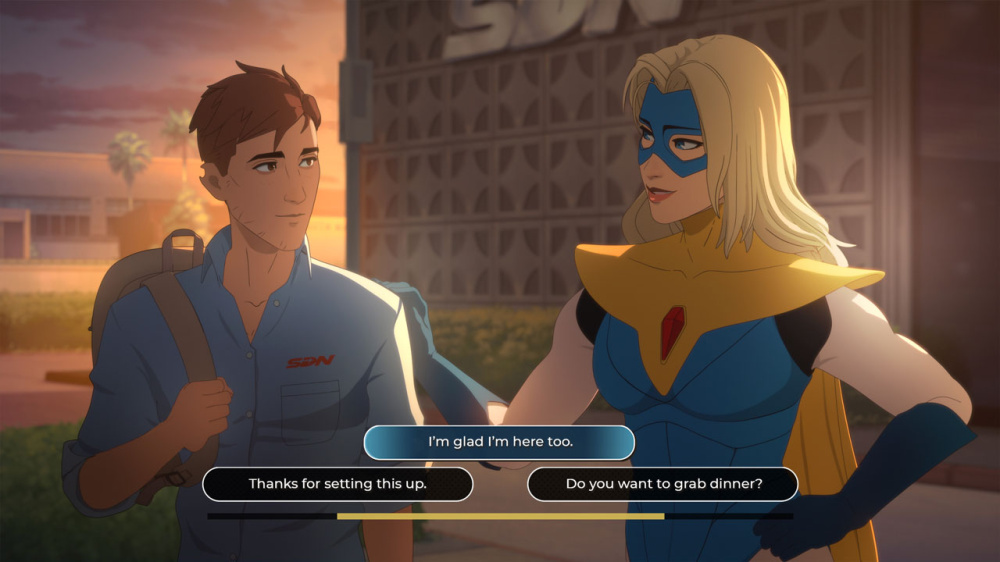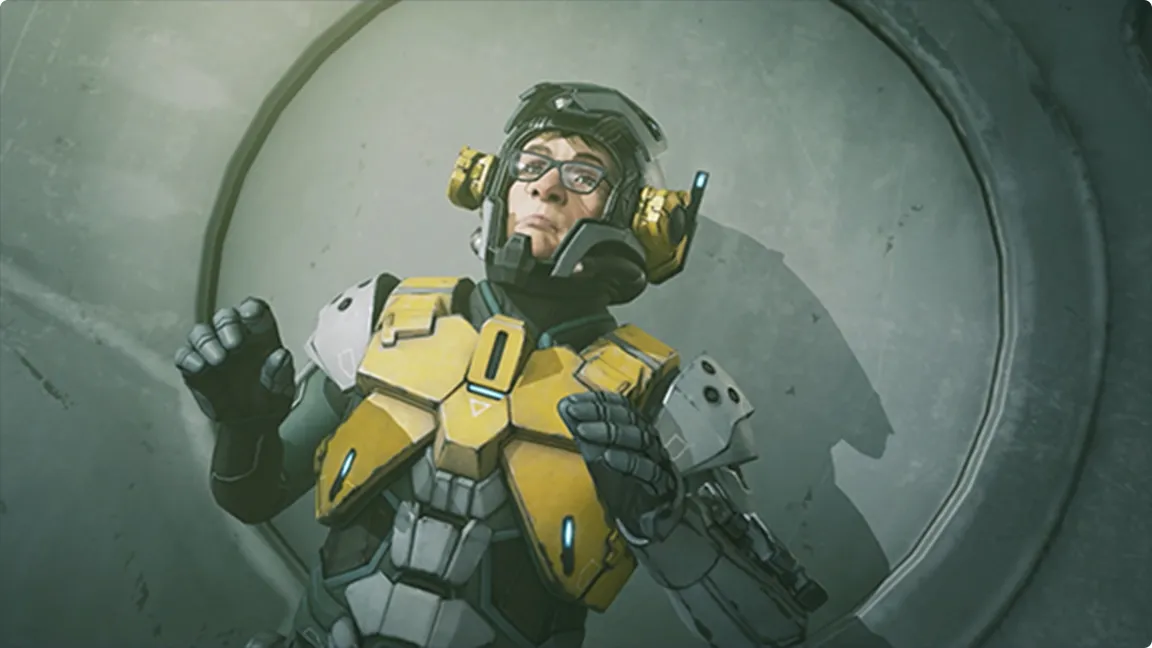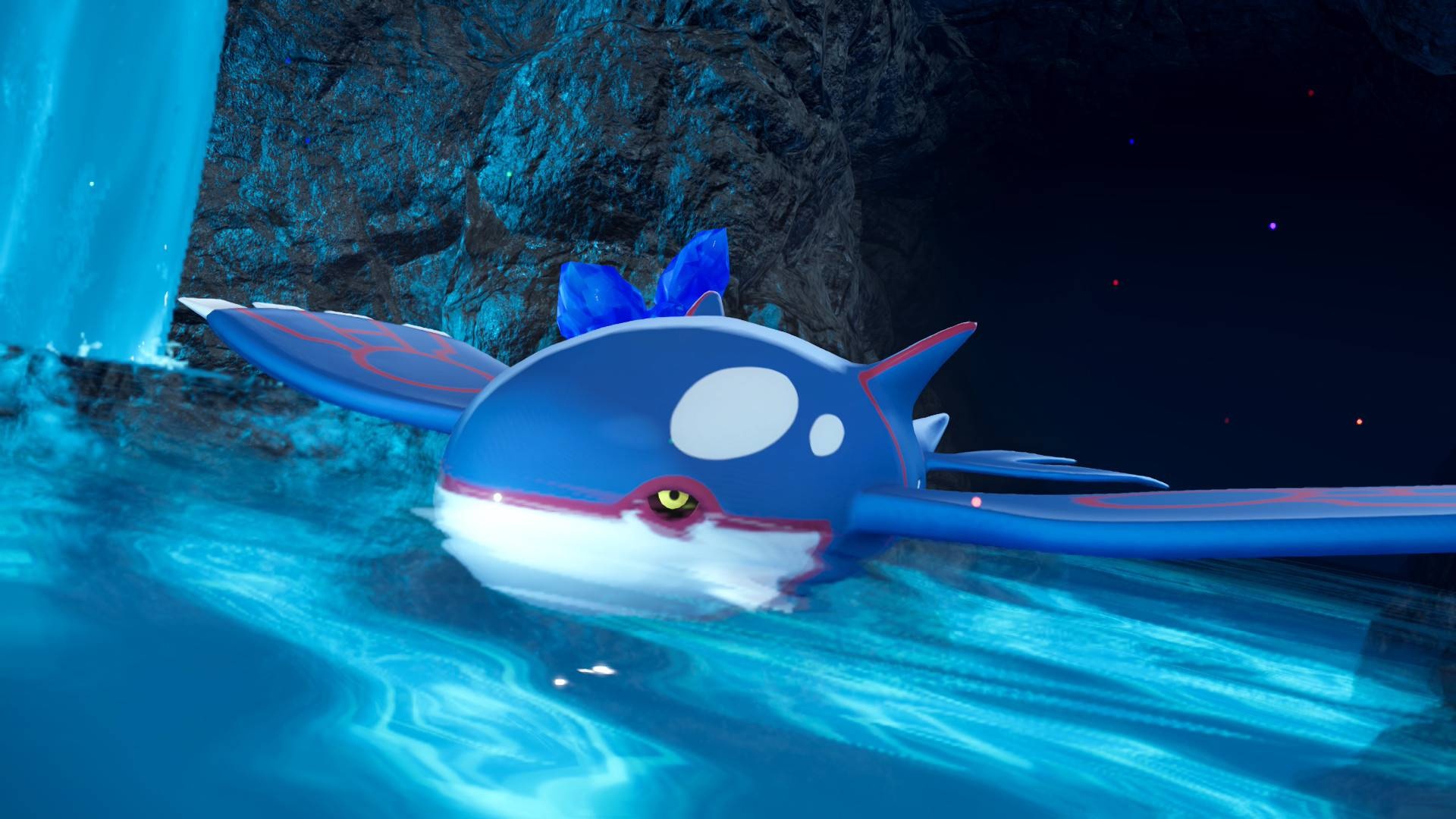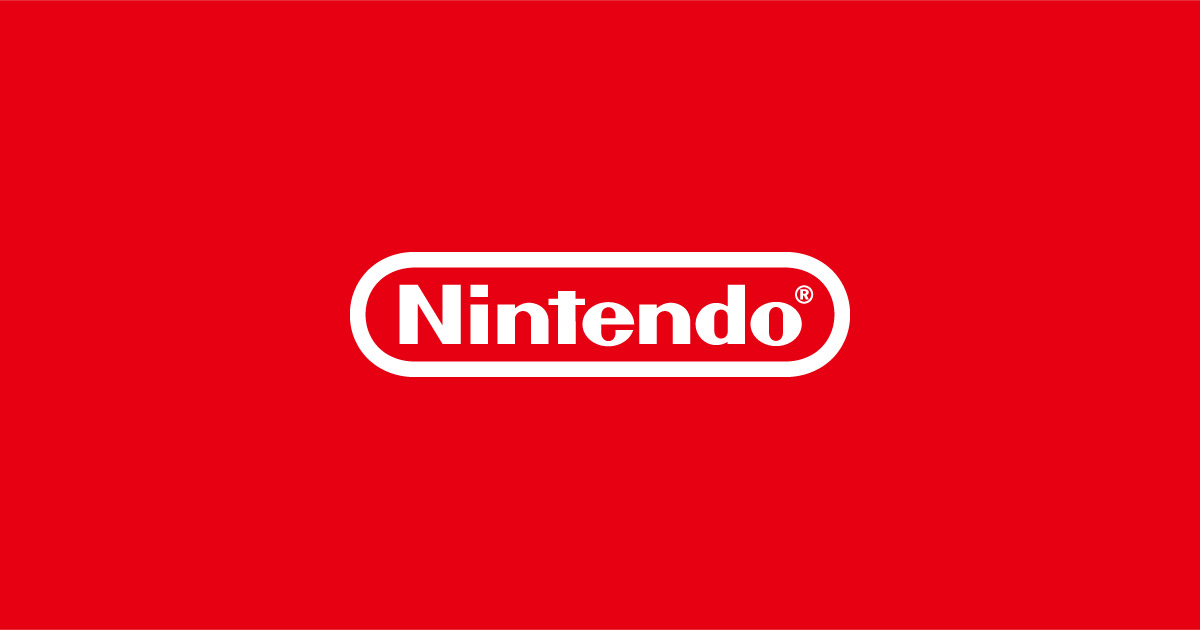Zero Suit Samus' Alternate Costumes in Super Smash Bros.
for Wii U: Tracing Nintendo’s Evolution of a Gaming Icon By [Author Name], Nintendo News Journalist Nintendo’s Super Smash Bros.
franchise has long provided a showcase for its most memorable characters, with each new entry bringing new design iterations and alternate costumes.
Among the most-discussed updates in Super Smash Bros.
for Wii U is the alternate costumes for Zero Suit Samus—a character whose depiction has come to symbolize both pioneering female representation in games and the complexities surrounding character sexualization. A Timeline of Samus Aran’s Evolving Portrayal Super Smash Bros.
series director Masahiro Sakurai officially unveiled new alternate costumes for Zero Suit Samus in the Nintendo Direct presentations preceding the launch of Super Smash Bros.
for Nintendo 3DS and Wii U in 2014.
Notably, these costumes reference Samus’ appearance from the ending of Metroid: Zero Mission, featuring Samus in shorts and a more revealing two-piece.
According to Sakurai, “Here’s Samus in an outfit from the end of Metroid: Zero Mission.” The designs quickly sparked heated conversations among fans and critics alike, addressing the character’s evolving image and Nintendo’s design choices. Zero Suit Samus first appeared in Metroid: Zero Mission (2004), developed by Nintendo’s internal teams as a reboot of the original 1986 Metroid for the Nintendo Entertainment System.
That title granted players a glimpse into Samus Aran’s vulnerability outside her iconic Power Suit, deepening her characterization.
The uncovering of her identity at the end of the original Metroid was a milestone for female representation in games, with the instruction booklet initially referring to Samus as male to maintain suspense.
Players who finished the game quickly were rewarded with Samus appearing in increasingly minimal attire—a tradition that has accompanied the series for decades. Beyond the Metroid series, Samus’ role in Super Smash Bros.
marked her mainstream crossover appeal.
Early Smash iterations, such as Super Smash Bros.
(1999) and Super Smash Bros.
Melee (2001), depicted Samus in her classic Power Suit, consistent with Super Metroid’s design lineage.
It wasn’t until Super Smash Bros.
Brawl (2008) that Zero Suit Samus became a fully-playable character, enabling players to battle with Samus out of her suit for the first time in the franchise’s history.
This foundation paved the way for her enhanced presence and distinct move set in Super Smash Bros.
for Wii U. Design Choices and Fan Reactions The evolution in Samus’ appearance reflects broader shifts in industry attitudes and audience expectations.
In discussing the latest alternate Zero Suit costumes, Sakurai clarified that the designs were faithful reproductions from past games, aiming to respect both the character’s history and fan nostalgia.
However, these design decisions reignited debate regarding the sexualization of female protagonists in video games.
Critics have noted that while revealing costumes existed in Metroid as rewards for player skills, their prominence in marketing materials and crossover titles like Smash Bros.
has reshaped Samus’ public persona, placing greater emphasis on her physical form alongside her iconic prowess as a bounty hunter. The influence of Team Ninja—developers of Metroid: Other M (2010)—is apparent in Zero Suit Samus’ more stylized proportions in recent entries.
Notably, concept art from Metroid: Zero Mission revealed conscious decisions about Samus’ appearance, including restrictions on heel height and an emphasis on athletic realism.
Nevertheless, Super Smash Bros.
for Wii U’s take on Zero Suit Samus incorporates stiletto heels and makeup, referencing Other M’s anime-influenced aesthetics.
These changes have divided fans; some view the designs as diminishing the progressive aspects of Samus Aran, while others argue they remain consistent with her canonical portrayal. A Balance of Empowerment and Representation Samus Aran remains one of gaming’s rare female icons—both powerful and, at times, objectified.
Nintendo’s approach to her design in Super Smash Bros.
for Wii U mirrors broader cultural and market influences, especially in reconciling differences between Japanese and Western sensibilities regarding female representation.
With the eShop and Nintendo Switch ensuring that classic Metroid titles remain accessible to new players, and the recent involvement of Retro Studios with Metroid Prime 4, the debate over Samus’ portrayal continues to evolve with each new release. As discussions about character representation and empowerment persist, Zero Suit Samus serves as a focal point for ongoing conversations about agency, design, and the history of Nintendo’s most iconic bounty hunter.
Fans and industry observers alike continue to scrutinize how Nintendo balances nostalgia, artistry, and social responsibility across its flagship franchises.
for Wii U: Tracing Nintendo’s Evolution of a Gaming Icon By [Author Name], Nintendo News Journalist Nintendo’s Super Smash Bros.
franchise has long provided a showcase for its most memorable characters, with each new entry bringing new design iterations and alternate costumes.
Among the most-discussed updates in Super Smash Bros.
for Wii U is the alternate costumes for Zero Suit Samus—a character whose depiction has come to symbolize both pioneering female representation in games and the complexities surrounding character sexualization. A Timeline of Samus Aran’s Evolving Portrayal Super Smash Bros.
series director Masahiro Sakurai officially unveiled new alternate costumes for Zero Suit Samus in the Nintendo Direct presentations preceding the launch of Super Smash Bros.
for Nintendo 3DS and Wii U in 2014.
Notably, these costumes reference Samus’ appearance from the ending of Metroid: Zero Mission, featuring Samus in shorts and a more revealing two-piece.
According to Sakurai, “Here’s Samus in an outfit from the end of Metroid: Zero Mission.” The designs quickly sparked heated conversations among fans and critics alike, addressing the character’s evolving image and Nintendo’s design choices. Zero Suit Samus first appeared in Metroid: Zero Mission (2004), developed by Nintendo’s internal teams as a reboot of the original 1986 Metroid for the Nintendo Entertainment System.
That title granted players a glimpse into Samus Aran’s vulnerability outside her iconic Power Suit, deepening her characterization.
The uncovering of her identity at the end of the original Metroid was a milestone for female representation in games, with the instruction booklet initially referring to Samus as male to maintain suspense.
Players who finished the game quickly were rewarded with Samus appearing in increasingly minimal attire—a tradition that has accompanied the series for decades. Beyond the Metroid series, Samus’ role in Super Smash Bros.
marked her mainstream crossover appeal.
Early Smash iterations, such as Super Smash Bros.
(1999) and Super Smash Bros.
Melee (2001), depicted Samus in her classic Power Suit, consistent with Super Metroid’s design lineage.
It wasn’t until Super Smash Bros.
Brawl (2008) that Zero Suit Samus became a fully-playable character, enabling players to battle with Samus out of her suit for the first time in the franchise’s history.
This foundation paved the way for her enhanced presence and distinct move set in Super Smash Bros.
for Wii U. Design Choices and Fan Reactions The evolution in Samus’ appearance reflects broader shifts in industry attitudes and audience expectations.
In discussing the latest alternate Zero Suit costumes, Sakurai clarified that the designs were faithful reproductions from past games, aiming to respect both the character’s history and fan nostalgia.
However, these design decisions reignited debate regarding the sexualization of female protagonists in video games.
Critics have noted that while revealing costumes existed in Metroid as rewards for player skills, their prominence in marketing materials and crossover titles like Smash Bros.
has reshaped Samus’ public persona, placing greater emphasis on her physical form alongside her iconic prowess as a bounty hunter. The influence of Team Ninja—developers of Metroid: Other M (2010)—is apparent in Zero Suit Samus’ more stylized proportions in recent entries.
Notably, concept art from Metroid: Zero Mission revealed conscious decisions about Samus’ appearance, including restrictions on heel height and an emphasis on athletic realism.
Nevertheless, Super Smash Bros.
for Wii U’s take on Zero Suit Samus incorporates stiletto heels and makeup, referencing Other M’s anime-influenced aesthetics.
These changes have divided fans; some view the designs as diminishing the progressive aspects of Samus Aran, while others argue they remain consistent with her canonical portrayal. A Balance of Empowerment and Representation Samus Aran remains one of gaming’s rare female icons—both powerful and, at times, objectified.
Nintendo’s approach to her design in Super Smash Bros.
for Wii U mirrors broader cultural and market influences, especially in reconciling differences between Japanese and Western sensibilities regarding female representation.
With the eShop and Nintendo Switch ensuring that classic Metroid titles remain accessible to new players, and the recent involvement of Retro Studios with Metroid Prime 4, the debate over Samus’ portrayal continues to evolve with each new release. As discussions about character representation and empowerment persist, Zero Suit Samus serves as a focal point for ongoing conversations about agency, design, and the history of Nintendo’s most iconic bounty hunter.
Fans and industry observers alike continue to scrutinize how Nintendo balances nostalgia, artistry, and social responsibility across its flagship franchises.






